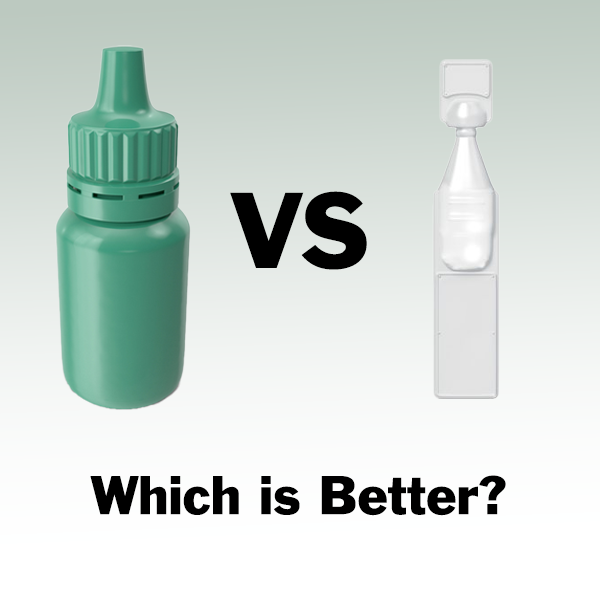When it comes to managing dry eye symptoms, artificial tears are a common remedy recommended by eye care professionals. These over-the-counter eye drops offer temporary relief from the discomfort associated with dry eyes by mimicking the lubrication naturally produced by our eyes. However, not all artificial tears are created equal, and understanding the difference between preserved and non-preserved varieties is crucial for choosing the right product for your needs.
What are Preserved Artificial Tears?
Preserved artificial tears contain chemical preservatives that prevent the growth of bacteria once the bottle is opened. These preservatives help extend the shelf life of the product, allowing users to keep the same bottle for a longer period, typically up to one month after opening. Common preservatives found in these eye drops include benzalkonium chloride (BAK), polyquad, and purite. While preserved artificial tears are convenient and cost-effective, the preservatives can potentially irritate sensitive eyes, especially with frequent use. Individuals with severe dry eye conditions or those who use artificial tears more than four times a day may experience discomfort or an allergic reaction due to these preservatives.
What are Non-Preserved Artificial Tears?
Non-preserved artificial tears, on the other hand, are free from chemical preservatives. This makes them a safer and more comfortable option for individuals with sensitive eyes or those who require frequent application of eye drops throughout the day. Non-preserved tears often come in single-use vials or multi-dose systems designed with a special filter to prevent contamination, ensuring each drop is as pure and effective as the first. Although non-preserved tears are typically more expensive and may require more frequent purchases due to their single-use nature, they offer the significant advantage of minimizing the risk of irritation or allergic reactions associated with preservatives.
Choosing the Right Artificial Tears
When deciding between preserved and non-preserved artificial tears, consider the following factors:
- Frequency of Use: If you need to apply artificial tears more than four times a day, non-preserved drops are a better choice to avoid the potential irritation from preservatives.
- Eye Sensitivity: Individuals with sensitive eyes or conditions such as blepharitis or meibomian gland dysfunction may benefit more from non-preserved artificial tears to avoid exacerbating symptoms.
- Convenience and Cost: Preserved artificial tears are more convenient for occasional use and are generally more cost-effective, but if comfort and safety are your priorities, the extra expense of non-preserved tears may be worthwhile.
Both preserved and non-preserved artificial tears play a vital role in managing dry eye symptoms, but their suitability depends on individual needs and preferences. While preserved eye drops offer convenience and a longer shelf life, non-preserved varieties are a gentler option for those with sensitive eyes or more frequent needs. Always consult with an eye care professional before starting any new treatment for dry eyes to ensure you're choosing the best option for your eye health.

